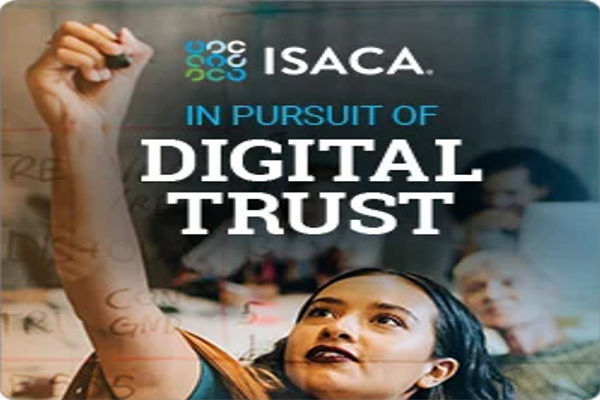Prioritizing digital trust is critical for companies pursuing digital transformation in order to meet objectives, get ready for new possibilities, and comply with laws and regulations.
The ISACA State of Digital Trust 2024 report, which includes 394 Indian professionals among its more than 5,800 global counterparts, offers fresh data and insights on the familiarity, priority, confidence, maturity, obstacles, and responsibility related to digital trust. This information can help business leaders better understand how to address the gaps in their organizations.
Despite Perceived Importance, Prioritization Fails to Keep Up
88 percent of respondents in the State of Digital Trust 2024 report were based in India agree that digital trust is important to digital transformation, and 92 percent predict that digital trust will become even more important over the next five years.
However, only 27 percent of respondents plan to increase budget for digital trust, despite the fact that digital trust is perceived to be increasingly important reveals the State of Digital Trust 2024 report.
According to the State of Digital Trust 2024 report, merely 34% of respondents claim that a current advantage of digital trust is improved income, which suggests that businesses may be passing up chances to boost revenue by giving digital trust practices priority.
The State of Digital Trust 2024 Report Identifies Other Top Benefits of High Levels of Digital Trust, Including:
- Positive reputation (73 percent)
- Stronger customer loyalty (68 percent)
- More reliable data for decision-making (64 percent)
- Fewer cybersecurity incidents (64 percent)
Few Measuring Digital Trust Maturity
Gaining practical insights into what motivates customers’ and stakeholders’ activities requires a thorough understanding of and assessment of trust. Measuring the maturity of their organization’s digital trust procedures is seen extremely/very significant by 85% of survey respondents residing in India, and 95% of them think it is extremely/very essential for enterprises today.
Nevertheless, just 36% of respondents from India overall stated that their company assesses the maturity of digital trust. Independent third-party digital trust evaluations are one sector that is anticipated to increase since they help to foster consumer loyalty through an honest and transparent assessment.
86 percent of respondents to the study said it is extremely/very important that companies have an independent evaluation of their digital trust processes and that the results should be made public.
Eighty-nine percent of Indian respondents concur that businesses would eventually succeed more if they show their dedication to digital trust, for instance, by receiving a good score from an impartial third-party evaluation.
In terms of confidence, 71 percent of participants expressed confidence in their organization’s digital trustworthiness.
Facing Obstacles
Organizations frequently have to go beyond barriers that can restrict or stop them from seeking digital trust in order to reach high confidence and great maturity in digital trustworthiness. According to the State of Digital Trust 2024 report, 53 percent of respondents who were headquartered in India cited a lack of staff skills or training as their top challenge. This finding holds true for respondents across all industrial sectors and geographic locations. Additional top obstacles include:
- Lack of leadership buy-in (41percent)
- Lack of alignment of digital trust and enterprise goals (43percent)
- Lack of budget (41 percent)
- Lack of technological resources (40 percent)
- Insufficient processes and/or governance practices (39 percent)
- Digital trust not a priority (35 percent)
“When executive leaders actively advocate for digital trust, it gains stronger buy-in, which then cascades into priority, alignment, budgets, training, and technical resources, overcoming many of the key challenges that can hold them back in realizing strong levels of digital trustworthiness,” said Karen Heslop, VP Content Development at ISACA.
Leveraging Tools and Frameworks to Advance Trust
The poll found that while 26% of Indian respondents’ firms presently employed a framework for their digital trust practices, 77% of them said having a framework was extremely/very critical for a company.
ISACA recently launched its Digital Trust Ecosystem Framework (DTEF), a comprehensive digital trust resource with indicators and controls that can be used and customized for the needs of all organizations. The DTEF and its associated implementation guide provide a clear understanding of how organizations can attain the level of digital trust that fits their business models, strategies, and goals. The top three benefits of using a framework include:
- Saving time and effort
- Enabling benchmarking with other organizations in a cost-efficient way
- Providing added credibility and third-party validation in support of budget and staff requests
“With an ever-expanding digital footprint, enterprises should take heed from the survey and prioritize enterprise-wide trust initiatives and a framework-based trust initiative to survive and thrive in a AI driven digital first world,” says RV Raghu, Director at Versatilist Consulting India Pvt Ltd, and ISACA India Ambassador.
To Download The State of Digital Trust 2024 Report: CLICK HERE




